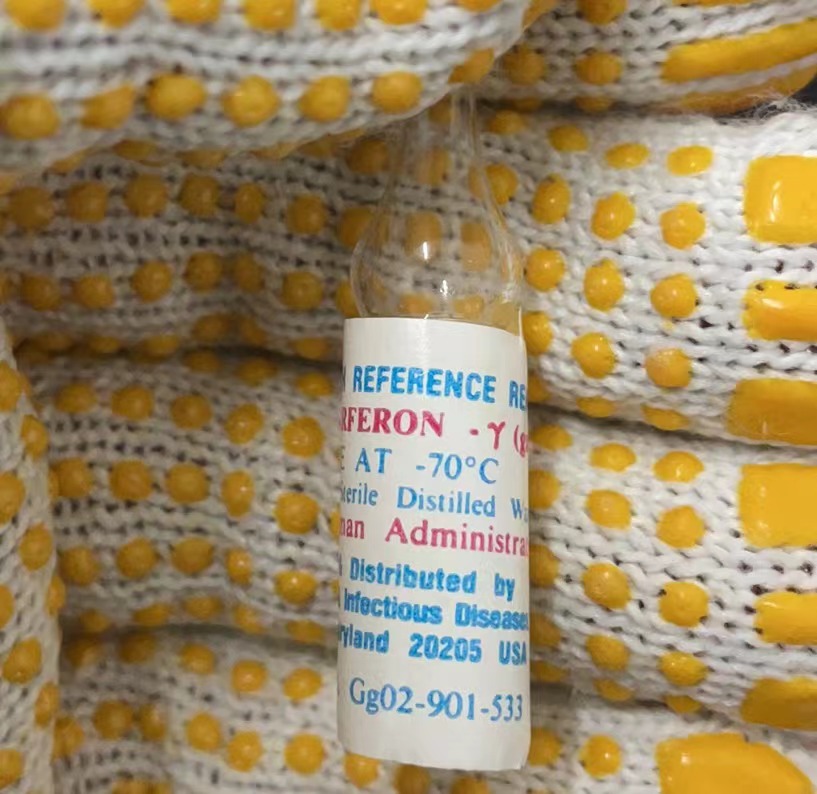产品描述信息
NR-29412?? Salmonella enterica subsp. enterica, 14028s (Serovar Typhimurium) Single-Gene Deletion Mutant Library, Plate 005/006_Cm(Mutant Bacteria)|Salmonella enterica subsp. enterica|Salmonella enterica subsp. enterica, 14028s (Serovar Typhimurium) Single-Gene Deletion Mutant Library, Plate 005/006_Cm| -80°C or colder|H Andrews-Polymenis, M McClellandAcknowledgment for publications should read “The following reagent was obtained through BEI Resources, NIAID, NIH: Salmonella enterica subsp. enterica, Strain 14028s (Serovar Typhimurium) Single-Gene Deletion Mutant Library, Plate 005/006_Cm, NR-29412.”|
Quantity limit per order for this item is 1. This item can be ordered twice a year. Orders over this limit will be sent to NIAID for approval before shipment.
The Salmonella enterica (S. enterica) subsp. enterica, strain 14028s (serovar Typhimurium) targeted single-gene deletion (SGD) mutant library contains a total of 3,773 individual genes deleted simultaneously across two collections of mutants differentiated by kanamycin or chloramphenicol resistance. The chloramphenicol-resistant mutant collection contains 3,376 mutants distributed among eleven 96-well plates. In these mutants, a single gene is replaced by a cassette conferring the chloramphenicol resistance gene, and includes 4 double mutants that contain both kanamycin and chloramphenicol cassettes. Deletions were confirmed by the depositor.
Genes were targeted for deletion by primers designed to preserve the first and last 30 bases of each deleted gene. Gene replacement followed a modified Lambda-Red technique, with an added T7 RNA polymerase promoter positioned in plasmid pCLF3 to generate a gene-specific transcript from the Salmonella genome directly downstream of each mutant.
Plate orientation and viability were confirmed for NR-29412.
Each inoculated well of the 96-well plate contains approximately 50 ?L of culture in Luria Bertani (LB) broth containing 20 ?g/mL chloramphenicol supplemented with 10% glycerol.
Production in the 96-well format has increased risk of cross-contamination between adjacent wells. Individual clones should be purified (e.g. single colony isolation and purification using good
microbiological practices) and sequence-verified prior to use. BEI Resources does not confirm or validate individual mutants provided by the contributor.


